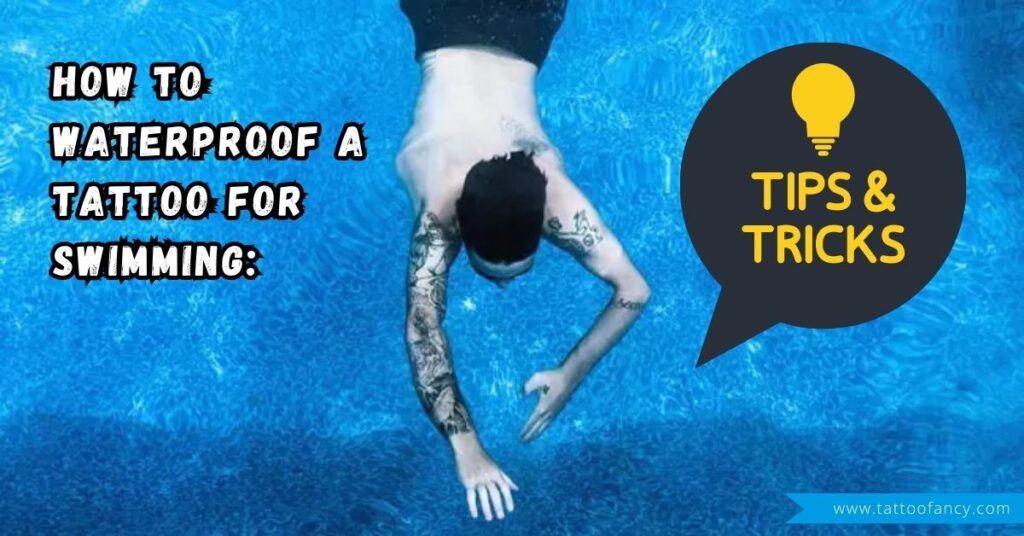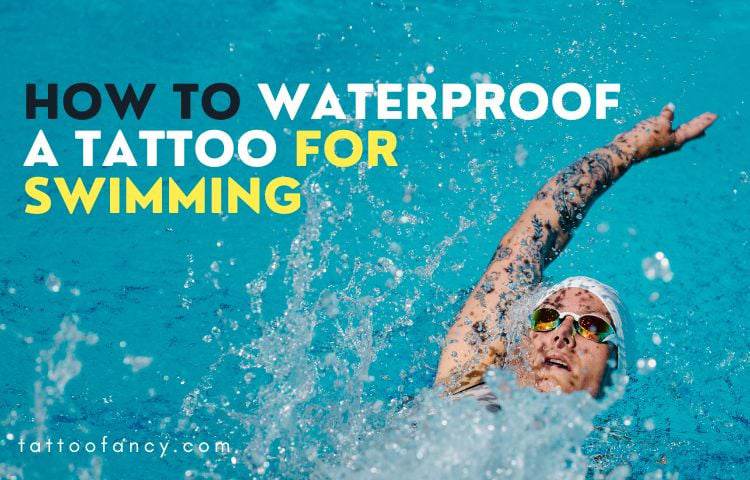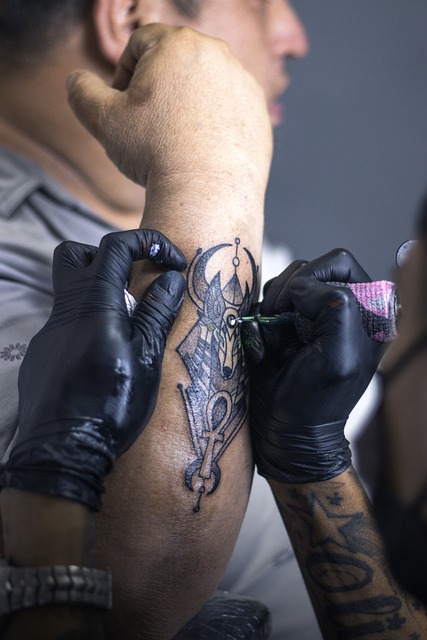
Tattoos are a great way to express yourself, but if you’re an avid swimmer, you may be concerned about how your ink will hold up in the water. The good news is, there are several steps you can take to waterproof your tattoo and ensure that it stays looking great, even after a long day in the pool. In this article, I will share some tips and tricks for how to waterproof a tattoo for swimming.
Understanding Your Tattoo
Before you start taking steps to waterproof your tattoo, it’s important to understand what you’re working with. Depending on the age and location of your tattoo, it may have different needs when it comes to water exposure. Here are some things to consider:
Age of Your Tattoo
If your tattoo is relatively new, it may not be fully healed yet. Tattoos typically take 2-4 weeks to heal, and during this time, you should avoid submerging your tattoo in water. This means no swimming or soaking in hot tubs. Once your tattoo is fully healed, you can start taking steps to waterproof it for swimming.
Location of Your Tattoo
The location of your tattoo can also impact how it reacts to water exposure. Tattoos on areas of the body that are exposed to a lot of friction, such as your hands or feet, may be more prone to fading or peeling. In general, it’s a good idea to avoid exposing your tattoo to prolonged water exposure, regardless of its location.
How to Waterproof Your Tattoo for Swimming

Now that you understand some of the factors that can impact your tattoo’s reaction to water, let’s take a look at some steps you can take to waterproof it for swimming.
Use Waterproof Sunscreen
One of the easiest ways to protect your tattoo while swimming is to use waterproof sunscreen. Look for a high-quality sunscreen that is designed for use in the water, and apply it liberally to your tattoo before swimming. This will help to protect your skin and your tattoo from the damaging effects of the sun and water.
Invest in a Waterproof Bandage
If you want to take your waterproofing efforts to the next level, you can invest in a waterproof bandage. These bandages are designed to create a seal over your tattoo, protecting it from water exposure. Simply apply the bandage before swimming and remove it once you’re out of the water.
Consider a Waterproof Tattoo Cover-Up
Another option to consider is a waterproof tattoo cover-up. These products are designed to create a barrier over your tattoo, protecting it from water and other elements. They can be particularly useful if you’re planning to spend a lot of time in the water, as they provide long-lasting protection.
Keep Your Tattoo Dry
One of the most important things you can do to protect your tattoo while swimming is to keep it as dry as possible. Before you get into the water, consider covering your tattoo with a waterproof layer, such as a plastic wrap or a waterproof bandage. This will help to create a barrier between your tattoo and the water.
Avoid Chlorine
Chlorine can be particularly damaging to tattoos, as it can cause them to fade or peel. If possible, try to avoid swimming in chlorinated pools, or at least limit your exposure to the chlorine. If you do swim in a chlorinated pool, be sure to shower off as soon as you’re out of the water, and apply a high-quality moisturizer to your tattoo.
Conclusion
Tattoos are a beautiful form of self-expression, and with the right care, you can enjoy your ink while still enjoying your favorite water activities. By following the tips and tricks outlined in this article, you can protect your tattoo while swimming and ensure that it stays


